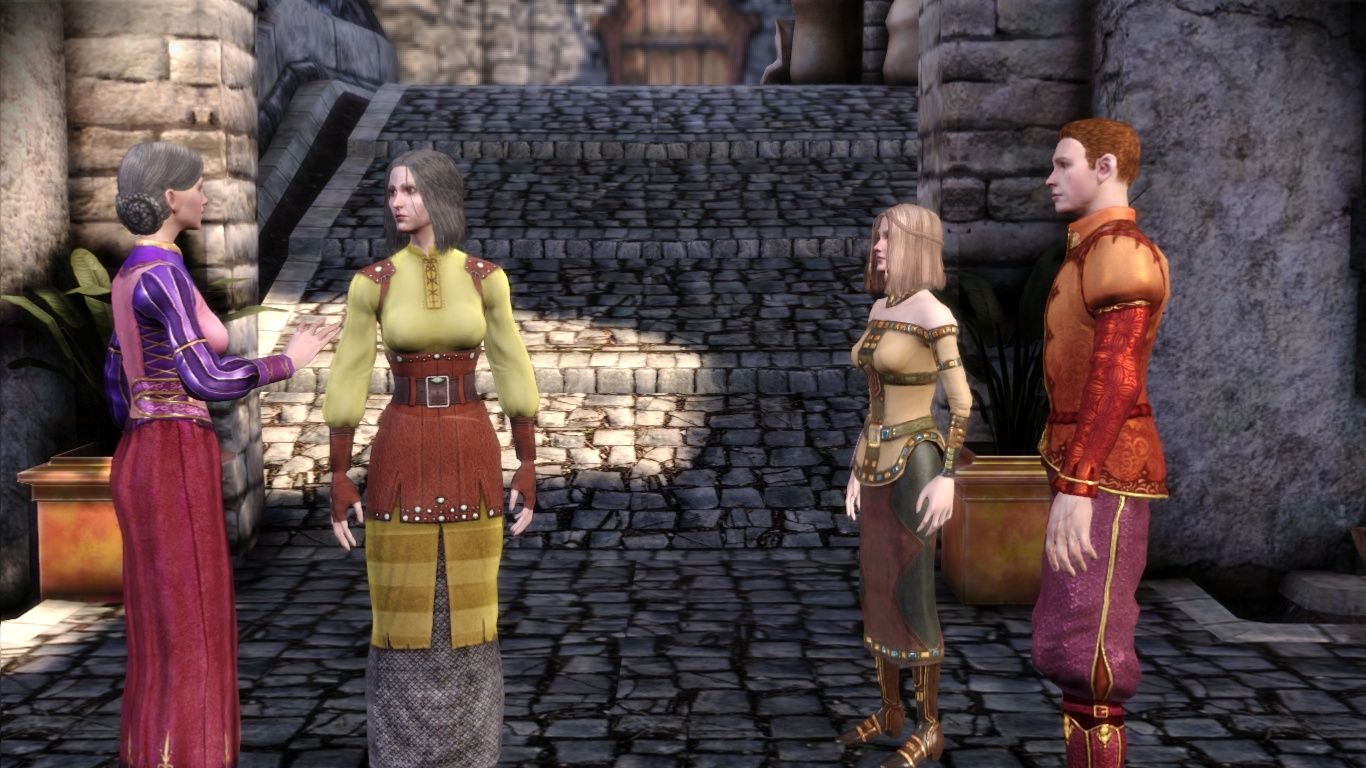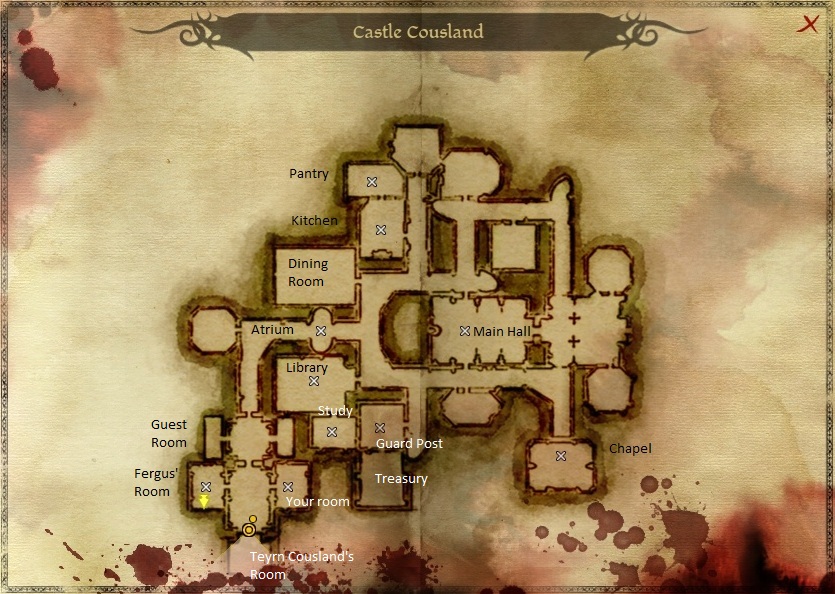As I mentioned in my previous post, I was very intrigued by the tactical view in Dragon Age: Inquisition. After rereading Alexander Galloway’s essay on Gamic Action, I found his description of a subjective algorithm as a style of gamic action, what he defines as “a code intervention exerted from both within gameplay and without gameplay in the form of the nondiegetic operator act”, very relatable to this feature (37). Likewise, in reference to the graph pictured below, this style of play falls squarely into the quadrant of nondiegetic operator acts as a configuring action executed by the operator that acts on the interior game world.
After playing around with this feature, I found it to be actually quite challenging. It creates a situation where the operator must be totally in control: I had to know how to play each class correctly and effectively in order for their skill sets to complement each other in the context of a battle. When playing in third person combat mode, it never occurred to me what the other playable characters in my party were doing- as long as they weren’t dying or in my way, they were essentially irrelevant in the context of my experience. In fact, for a long period of play I had a companion who was doing less than 1/10th of my damage. This severely limited the effectiveness of the group, but it took a while to notice as I was only focused with my main character. With the tactical view, this mind set goes away, and you assume a role that requires the knowledge of all. This view in a way encapsulates what a modern war represents. Generals and high ranking officials in a room as the operator, weighing their options and considering the weapons they have at their disposal as they decide which is the best proceed in the given scenario.
While modern day warfare is miles apart from a mythical video game, the interpretation of the nondiegetic operator as a proxy for real life examples is accurate. Galloway provides some basis for this, referring to these nondiegetic operator acts derived from subjective algorithms as allegories for the informatic culture of today’s algorithmic structure. To close with a quote from Galloway: “Video games render social realities into playable form” (17).
Galloway, Alexander R. Gaming: Essays on Algorithmic Culture. Minneapolis: U of Minnesota, 2006. Print.


